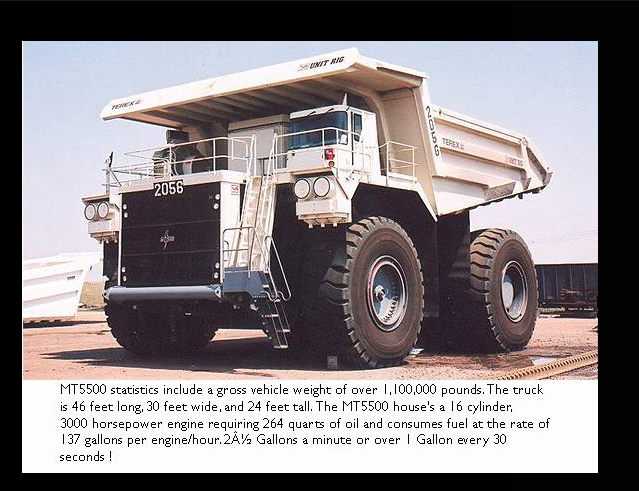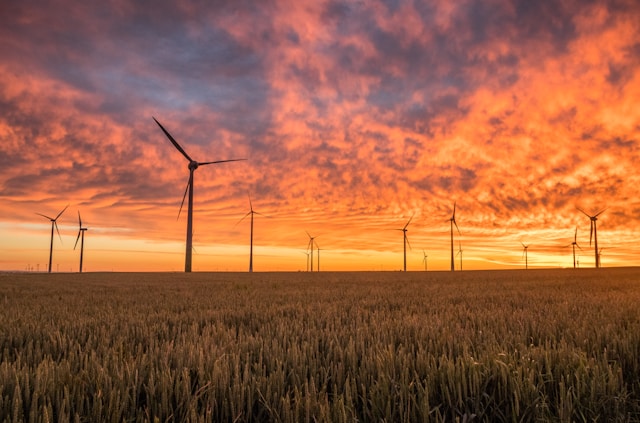by David Casey / Articulating the Future
The narrative being pushed today is that renewables, particularly wind and solar, will save us. By “save us” they mean allow us to continue our way of life unhindered into the future, despite a lower (and eventually zero, they tell us) reliance on oil. This view is so prevalent, it seems, that reactions of denial, or even confusion, are met with indignation and insistence.
I know the claims of this hope-filled crowd for what it is: fantasy. Part of me wants to go through every piece (wind, solar, hydro, nuclear) and point out their individual flaws. But I have a particular ability to see the heart, or essence, of the issue, and I am compelled to make this simple.
The push to “renewables” is very… overhyped, I suppose is the right word. Industrial civilization was built on an oil EROEI(Energy Return On Energy Invested) of 100 to 1. Nowadays we’re down to somewhere about 12 to 1. Conventional oil (the cheap, easy to access stuff) peaked back in 2005. This is not really argued against by anyone at this point. Unconventional oil has filled the gap. But - and here’s the huge but -1) unconventional oil sources have been funded through increasing amounts of debt and many of these companies are going bankrupt (33% in 2016, a projected 33% more in 2017, leaving only 1/3rd of those companies standing by 2019) [ link], and2) the greatest source of unconventional has been shale oil and gas - the great majority of which is in the USA. Unfortunately, shale oil and gas both peaked in 2015 and are now declining.*\* Edit: In November 2017, shale production slightly exceeded this mark and production is set to increase a bit further into 2018. I am currently writing an article on shale explaining this which will be up soon. We can expect shale output to rise into next year, but then will decline. This is known and expected.So, that leaves us with “renewables.” I put the word in quotes because it’s a misnomer - none of these sources are actually renewable. They are completely dependent on oil to build, maintain, and transport. All renewable technology and construction, as well as the infrastructure and transportation needed to get their product to consumers, is dependent entirely on oil (fossil fuels). Another giant problem is that these are all sources of producing electricity. The problem with this is twofold:1) most of the energy we use isn’t electric - electricity production is only 18% of total world energy demand, and 2) all of the electricity we do produce employs fossil fuels.It is important to note here too that transportation (big 18-wheelers, ships, planes, mining equipment trucks, etc) cannot transition to electricity to run them - the batteries are absurdly too heavy (in some cases 50,0000 times too heavy) and with current or projected technology this problem will not conceivably be fixed anytime soon. Transitioning the consumers to electric cars won’t fix the problem whatsoever.

"Peak oil" is primarily a liquid fuels transportation crisis because of this very issue.
Another point to make is that there is no national infrastructure currently that can replace any significant fraction of oil with renewable energy. Building such an infrastructure has been estimated by countless studies to cost literally trillions of dollars and take at least 20 years - and when we are currently facing a global economic slowdown we don’t have the money to invest in that. And we don’t have the time to wait because the crisis will hit before such an infrastructure would be built even if we did invest the money today, which we can’t. This brings us to the point: we will have to face a world-changingly profound loss of overall energy, even as demand and populations continue to increase.
But make no mistake - a greater dependence on renewables is inevitable. The problems occur when you realize that these renewables are themselves dependent on oil, which is being funded by debt that won’t last and is ending in bankruptcies and has an ever-lower EROEI (Energy Return On Energy Invested).
The outcome of all this is that, yes, we will become more and more heavily reliant on intermittently-available renewables. But (and this is the point that many miss) as we become more reliant on renewables on a small scale (personal use, business use, town use), we will be living with increasingly less and less overall energy on a large scale (geographically, nationally, globally). All the systems that are geographic (grid systems), national (the economy), and global (trade, imported goods, etc), will inevitably fail and we will have to make due with local solutions. Renewables will power a fraction of our current way of life at best- and they will not be sufficient to continue business as usual as we have known it. Wind and solar last for about 20 years before they need to be replaced - with energy outputs only available through oil. As John Michael Greer has said:
“The question isn’t whether or not sun and wind are useful power sources; the question is whether it’s possible to power industrial civilization with them, and the answer is no.”
All of the promises of the hope-addicted crowd of course also rest on the false premise that fossil fuels themselves will be cheap and easy to obtain for the next 35 years or so in order to pave a smooth road for this transition.
I’m afraid the result of all this is a staggeringly significant reduction in the standards of living for the vast majority of the world. Eventually everything will even out and humanity will live a much more sustainable way of life - just like humanity has for ten thousand years before the industrial age. In the meantime, expect turbulence.
In closing, let’s end with a simple but profound thought: You can’t use fossil fuels to extract all the resources to make solar panels and wind turbines and then expect these less efficient means of energy production to save a society with ever-increasing energy needs.
Photo by Karsten Würth on Unsplash
